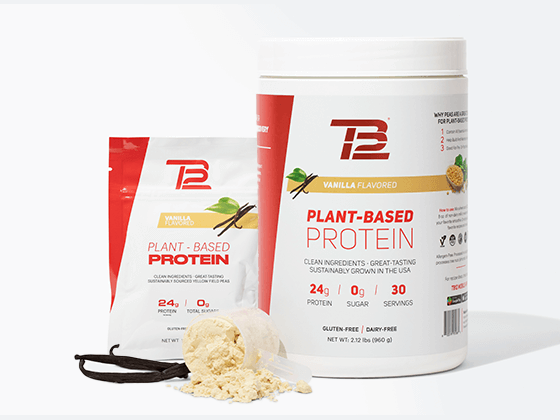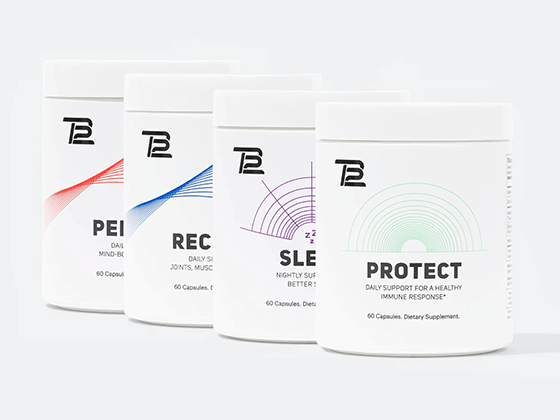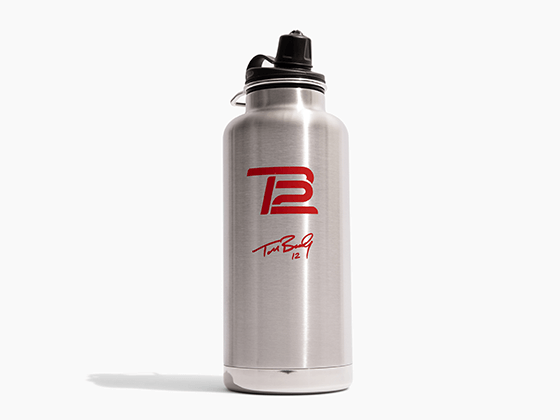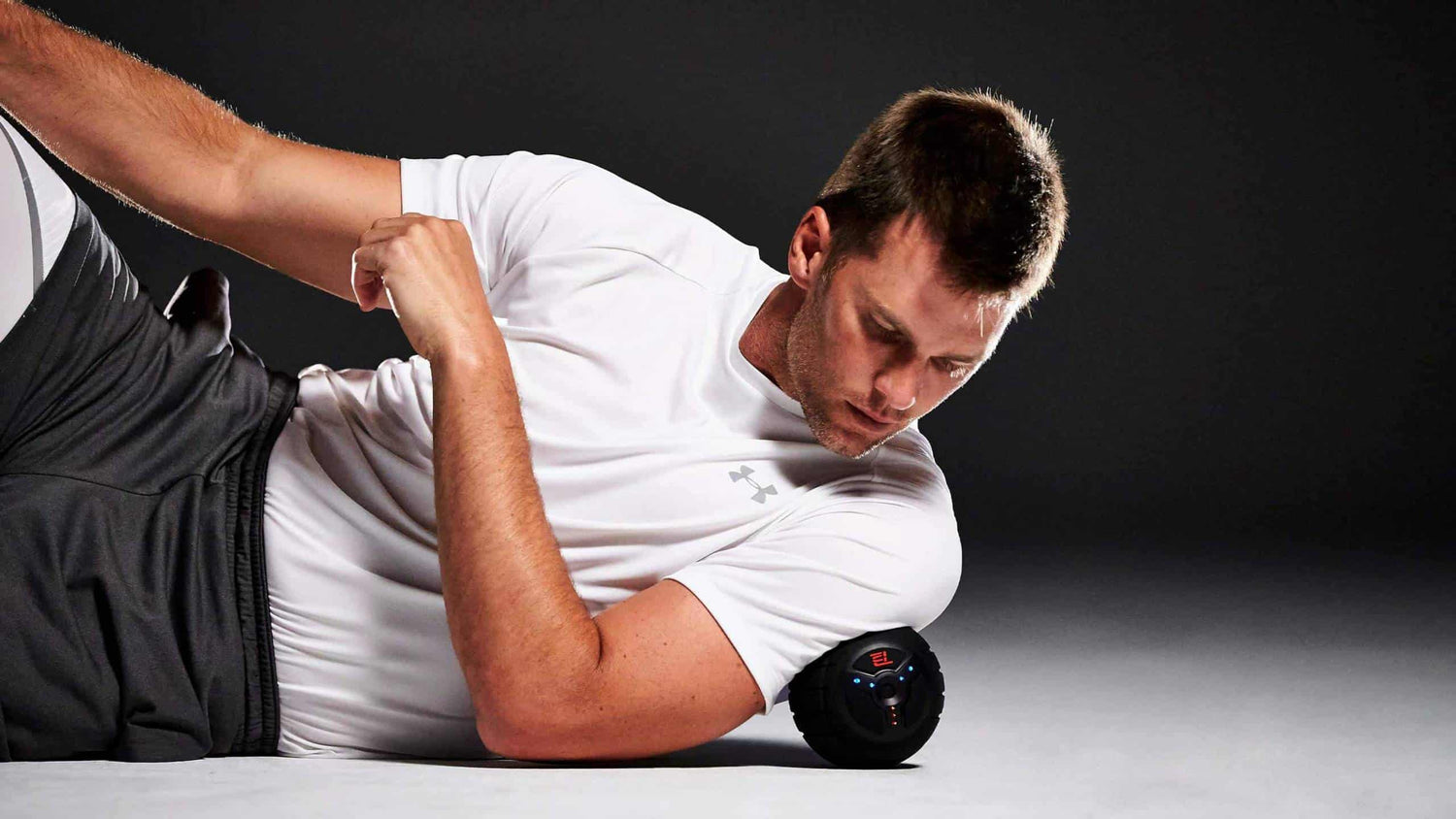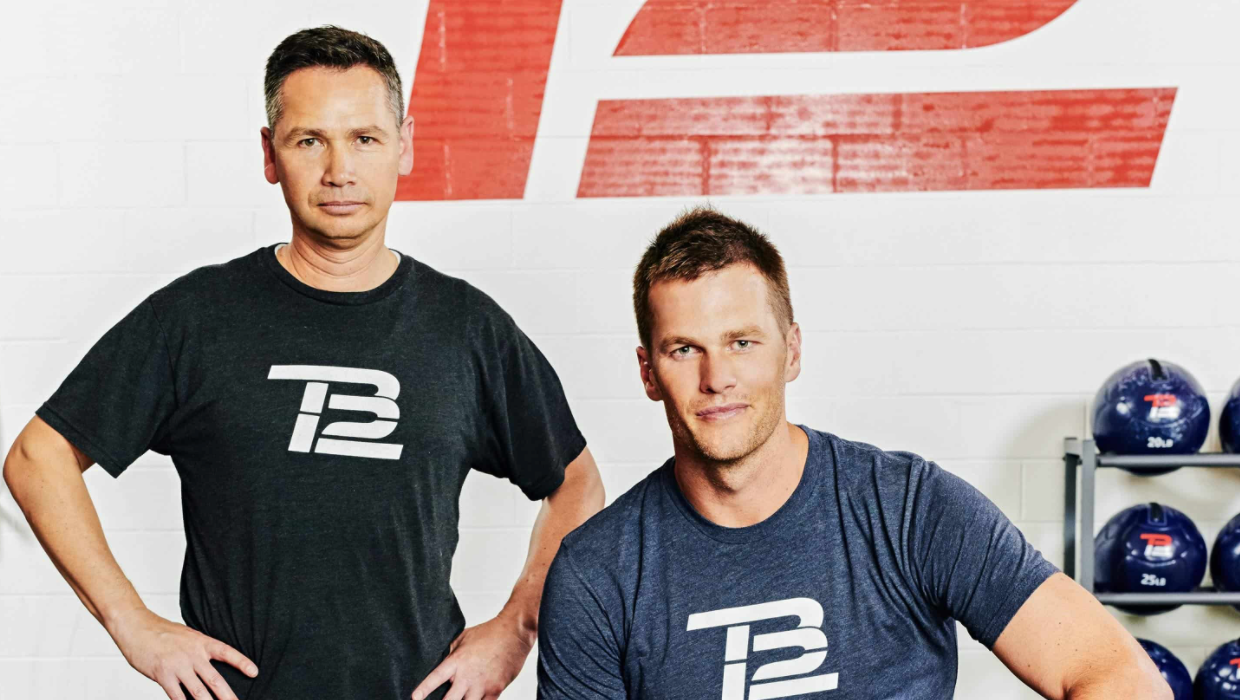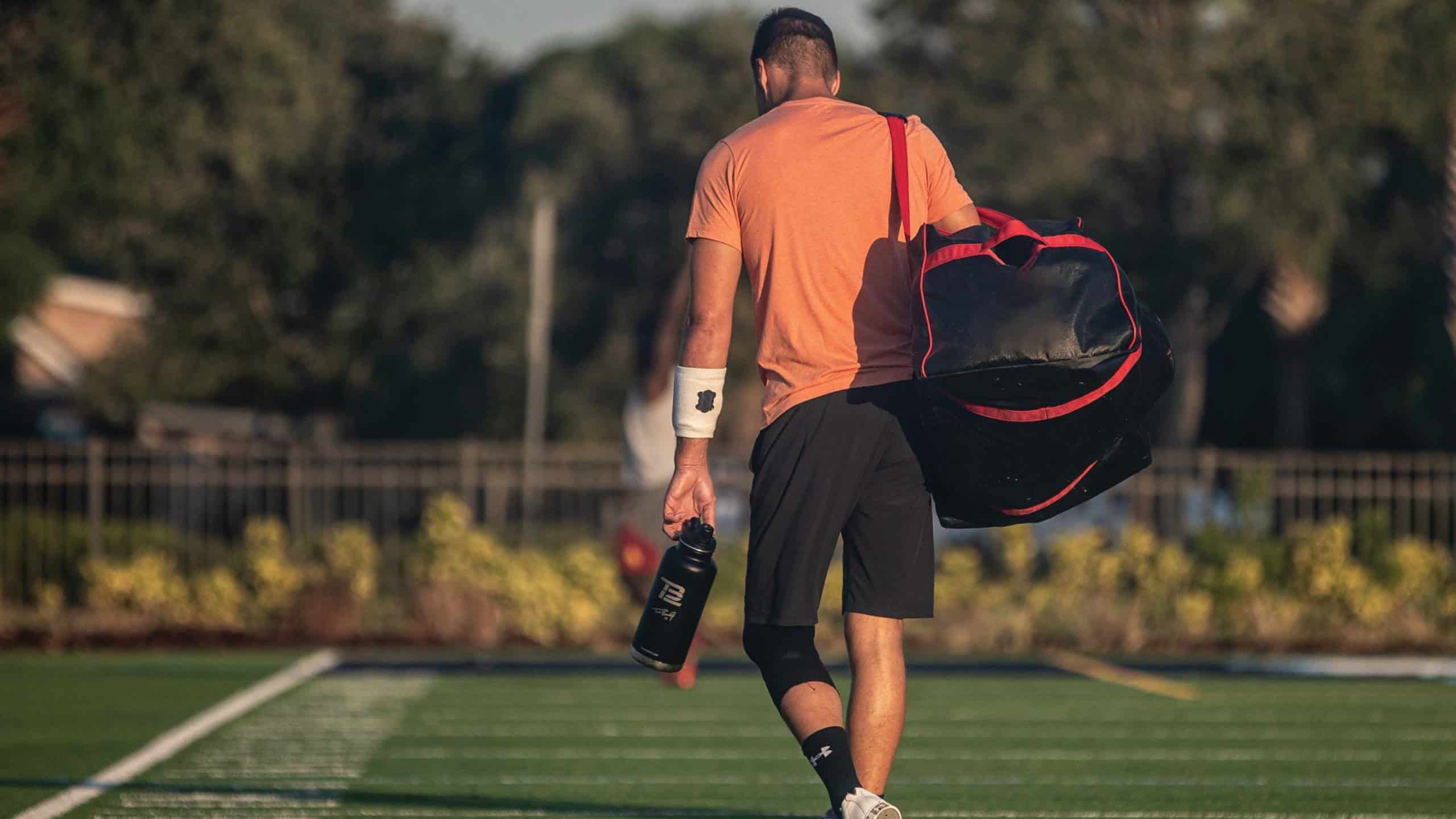As a young NFL player and elite athlete, Tom Brady was caught in a never-ending cycle of superior athletic performance, injury, and rehab. He knew there had to be a better way to keep himself healthy and on the field, and he found the solution in the form of a new concept that came to be known as “muscle pliability,” performed by an outside-the-box thinker named Alex Guerrero.
Pliability is the crucial missing leg that will complete and complement your cardio and strength training workouts and active lifestyle. At its most basic level, daily pliability work helps to prepare your muscles for the demands of your life and enable them to fully recover so you can keep doing what you love. We believe that pliability and functional training are the key tenets of a healthy, active lifestyle centered on performance and recovery.
"Pliability is the crucial missing leg that will complete and complement your workouts." — Tom Brady.
PLIABILITY EXPLAINED
We use our muscles all day, every day, so naturally, they wear down — losing muscle pump function, causing soreness or stiffness, and becoming more susceptible to injury. Instead of accepting this as inevitable, we use pliability training to prime your muscles to absorb and disperse daily forces so that you can achieve more and avoid injury.
Pliability describes the state in which your muscles are long, resilient, and move without restriction, enabling them to absorb and dispense forces. Unlike short and dense muscles, pliable muscles allow you to perform and train at your best while avoiding injury. Pliability primes your muscles for efficient performance, so you can train better, recover faster, and prevent injury regardless of your activity level.
BENEFITS OF PLIABILITY: INJURY PREVENTION AND BEYOND
Pliability is a foundational element of playing your best on the football field, but it’s also an important factor in your overall health and wellness. Pliability exercises allow you to maintain muscle mass and improve function while lowering the risk of injury. But there are other benefits, too.
For one, these exercises can wake up your muscles and nervous system, making them effective movements for a warm-up or cool-down to shunt blood flow to your muscles before or after a workout. Pliability can also boost your range of motion by allowing you to freely move your joints in all directions without resistance or pain.
Pliability sessions post-workout can also help you prevent soreness and recover quicker, letting you get the most out of your workouts every single day.
The bottom line is that practicing and improving your pliability takes just a few minutes every day, and the possible benefits are great. So why not give it a go? And if you need some tips and tricks for becoming more pliable, it’s not hard at all.
HOW TO GET PLIABLE: TRENDING METHODS
There are two main ways to get pliable: muscle tissue manipulation and a healthy lifestyle. But a combination of these can help you look and feel your best.
DEEP CONNECTIVE TISSUE MANIPULATION
The first is deep-tissue manipulation – as in, you roll out your muscles pre-and post-workout. Foam rolling is a form of self-myofascial release, in that it works to reduce stiffness in the fascia, which can relax and lengthen sore muscles.
One of the best ways to experience deep- tissue manipulation is to perform pliability work at home using devices like the TB12 Vibrating Pliability Roller, our Vibrating Pliability Sphere, or our Mini Sphere.
Foam rolling isn’t as simple as just rolling the product on sore spots. In order to maximize the benefits, there are a few things to remember. First, find the sore or tight area and slowly lower your body over the targeted area so the roller is directly underneath.
From here, apply pressure and gently roll the device over the tight area. When you notice a point of discomfort, hold the foam roller in that spot for about 20-30 seconds to release the soreness.
Pliability work with a foam roller is a great way to reduce pain in muscles and ligaments, especially in the calves, hamstrings, and quads. If you’re dealing with lower back pain in particular, a foam roller can be a lifesaver.
HEALTHY LIFESTYLE
The second way to get pliable is to pursue a lifestyle that minimizes inflammation, provides adequate nutrition, and keeps you hydrated.
There are many reasons why your muscles might become sore or tight, but a major reason is lack of hydration. Water flushes out toxins in the body and transports nutrients to cells, which can alleviate soreness and tension in the muscles.
We generally recommend that people consume half their body weight in fluid ounces of water per day. Of course, if you’re an athlete, you’ll need to make sure you’re drinking even more and supplementing with electrolytes.
Additionally, the foods you eat can affect how you feel. Eating foods like refined carbs, sodas and sugary foods, processed meats, and fried foods can contribute to inflammation and make your muscles feel worse. However, eating more inflammation-fighting foods can enhance your pliability and make you feel like a better version of yourself.
Anti-inflammatory foods include:
- Fatty fish, like salmon or mackerel
- Olive oil
- Nuts, like almonds and walnuts
- Fruits, like strawberries, oranges, cherries, and blueberries.
- Leafy greens, like spinach, kale, collard greens, and more
A lifestyle that supports your pliability also has to include a good amount of sleep, which helps your brain to recover and develop. It’s recommended that adults get at least 7 hours of sleep per night, especially if you’re an athlete, as this is when your muscles recover from your workout sessions. The result of pliability is that you recover faster, play better, and spend less time on the sidelines.
PLIABILITY VS FLEXIBILITY
The words pliability and flexibility are often used interchangeably, though these are two different aspects of your overall performance. Pliability works to develop resilient, unrestricted muscles that can easily stretch to give your joints a wider range of motion. Flexibility, on the other hand, describes the range of motion of a joint – which is reliant on how pliable your muscles are, to begin with.
Essentially, you can have pliable muscles without being very flexible, though you can’t have flexible muscles without first making sure they’re resilient and pliable. Either way, these are two important aspects besides strength and conditioning that athletes too often overlook.
PLIABILITY AND THE 5 PILLARS OF THE TB12 METHOD
Pliability might be one of the most important aspects of the TB12 Method, but the reality is that it is extremely important when it comes to how it relates to the other aspects of the method, too. Without pliable muscles, you might start to notice that other pillars begin to decline as well.
For instance, if you have stiff muscles, you’ll probably find that functional movement becomes much more challenging. This might mean that you’re not able to train for optimum strength or speed, or train without pain. Your mental fitness might suffer too, as an inability to perform at your best might cause you to feel less confident and comfortable.
The reality is that every pillar in the TB12 Method feeds off of one another, and pliability might be one of the simplest to master. With just a few minutes a day, you may see benefits across your entire wellness.
MASTERING THE METHOD
Pliability ensures that your muscles are long and resilient, giving you your full range of motion so you can perform at your best. You can enhance your pliability through deep tissue manipulation, like foam rolling, and living a healthy lifestyle defined by healthy eating, hydration, and sleep.
Enhance your wellness and overall performance by following methods inspired by Tom Brady. Get started today and start feeling, and performing, like the best version of yourself.
Sources:
What Do Foam Rollers Do? | NASM
Water: How much should you drink every day? | Mayo Clinic

